Text and Photos by Henrylito D. Tacio
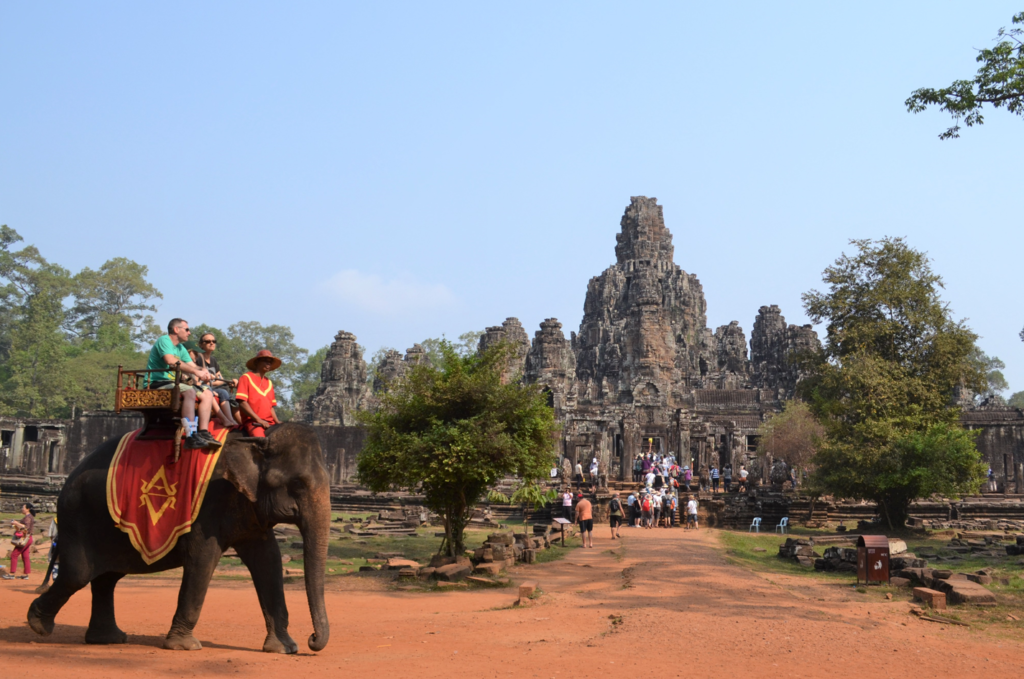

If there was one country in Asia I was looking forward to visiting, it’s Cambodia. The international blockbuster, The Killing Fields, didn’t deter me from dreaming to be a tourist in the said country. The main reason: to see the Angkor temples, the largest religious monument in the world!
And it came to pass that I was invited to attend an international conference to be held in Siem Reap. Without much ado, I accepted the offer as the Angkor Wat is very near the city.
There were three journalists who were invited. All three of us arrived a day earlier and since we had nothing to do yet, we decided to do what we were looking forward to: a day tour at the Angkor temples.
We talked with one of the hotel staff and told us to hire a tour guide, which we did. We contracted a vehicle (for US$72). The entrance fee was US$20 per person. Not bad, we said.
As there are several temples built in an area which encompasses 162.6 hectares, we had to select those which are near each other. Vehicles are not allowed and walking is the only mode of exploring the temples. It’s good that the whole place is surrounded by trees and so walking under the scorching heat of the sun was not a discomfort.
The first we visited was the Angkor Thom, which means “the great city” in Khmer. The 12th-century royal Buddhist city was especially famed for its grand Bayon Temple, whose most distinctive feature is “the multitude of serene and massive stone faces on the many towers which jut out from the upper terrace and cluster around its central peak.”
The Japanese Government Team for the Safeguarding of Angkor has described the temple as “the most striking expression of the baroque style” of Khmer architecture, in comparison to the classical style of Angkor Wat.
We were awed by its appearance. After taking some souvenir photos, we decided that it was time to visit another temple. But what we thought was near was a misconception. We had to hike for almost a kilometer before we found our hired vehicle. We were tired and it was good that our driver brought some cool drinking water.
We rested for a while and then we went to our second temple: the Ta Prohm, which was as seductive as the fictional character Lara Croft. Yes, this was the place where the Hollywood flick Tomb Raider was filmed. The Lonely Planet described it in these words: “It is a series of dark galleries and pillars held hostage under the iron clasp of gigantic roots. The walls are decorated with carvings of sensuous celestial nymphs with smaller roots crawling across them like a rash.”
The Sanskrit inscriptions on the walls said the temple held thousands of pearls, precious stones and golden dishes weighing more than 500 kilograms. But unfortunately, this temple has been neglected and largely left to the clutches of the living jungle. You see great trees tower the temple with leaves filtering the sunlight.
It was almost lunch time when we finished marveling at the temples of Ta Prohm. “It’s time for us to walk a long distance again,” our guide told us. “You mean another hike?” I inquired. He nodded and smiled.
“Can we have lunch first?” I replied. “I think we are running out of energy.” My two companions agreed. “We can rest at the restaurant while waiting for our food,” they suggested.
And that was what we did – for almost an hour. Observing that we had already rested, our guide said it was time for us to walk again. “Angkor Wat is not crowded right now,” he said. “In fact, there may not be people around so we can have the temple in its glory.”
We thought our guide was talking from experience. And so, we didn’t protest at all. It was very hot to walk (even though there were trees). Surprisingly, not a few souls can be seen at the temple. It was ours, indeed!
“(Angkor Wat) is of such extraordinary construction that it is not possible to describe it with a pen, particularly since it is like no other building in the world. It has towers and decoration and all the refinements which the human genius can conceive of.” That was what Antonio da Madalena, a Portuguese and one of the first Westerners to visit the temple.
Henri Mouhot, the French naturalist and explorer who popularized the site in the West through the publication of travel notes, wrote: “One of these temples—a rival to that of (King) Solomon, and erected by some ancient Michelangelo—might take an honorable place beside our most beautiful buildings. It is grander than anything left to us by Greece or Rome, and presents a sad contrast to the state of barbarism in which the nation is now plunged.”
According to our guide, the temple complex was originally built as a Hindu temple dedicated to the god Vishnu for the Khmer Empire. So much so that the original name of the temple was Vrah Visnuloka, meaning “the sacred dwelling of Vishnu.” Towards the end of the 12th century, it was gradually transformed into a Buddhist temple.
So famous is this landmark that it has become a symbol of Cambodia and even appears on its national flag.
It is no wonder that foreigners flock to see Angkor Wat (which means “Temple City” or “City of Temples” in Khmer). Most of the foreigners who come to see the place are Koreans, our guide said. Chinese is next, then Japanese, and finally Europeans – in that order.
The tourism office of Cambodia describes Angkor Wat in these words: “… In its beauty and state of preservation, (Angkor Wat) is unrivaled. Its mightiness and magnificence bespeak a pomp and a luxury surpassing that of a Pharaoh or a Shah Jahan, an impressiveness greater than that of the Pyramids, an artistic distinctiveness as fine as that of the Taj Mahal.”
At 2:30 in the afternoon, we ended our tour. “Don’t you want to see the sunset?” our guide asked. I think we were too tired already that despite the fact that we were interested in seeing the sunset (which a friend told me was magnificent), we decided to forego it.
“We just want to take a rest in our hotel,” we chorused.
And that was what we did when we hit our beds! — ###
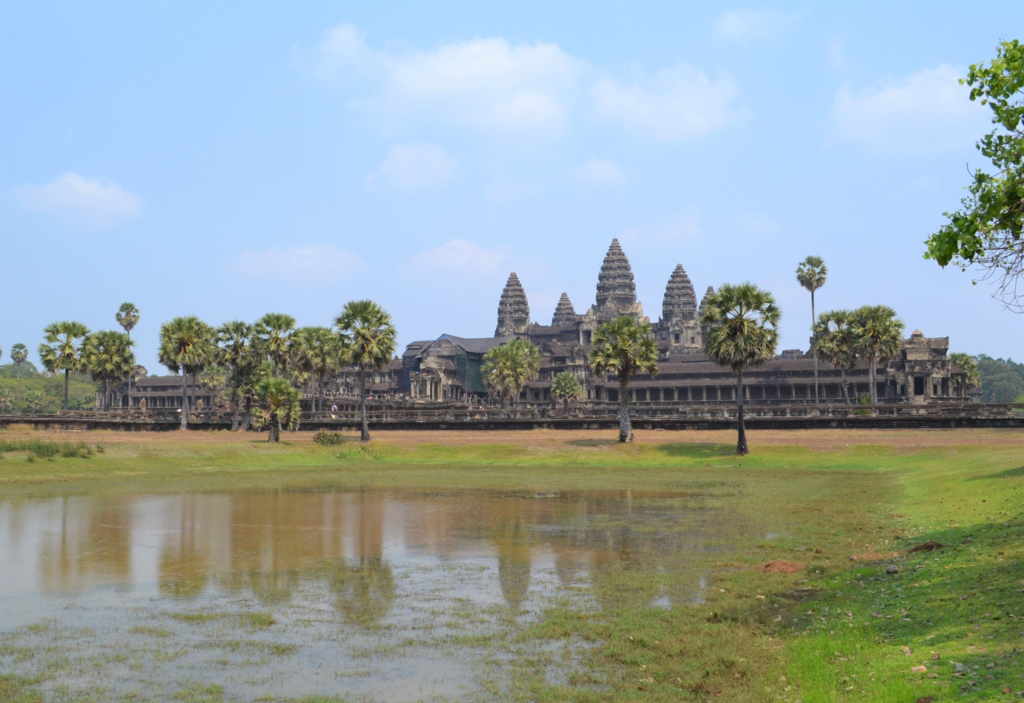
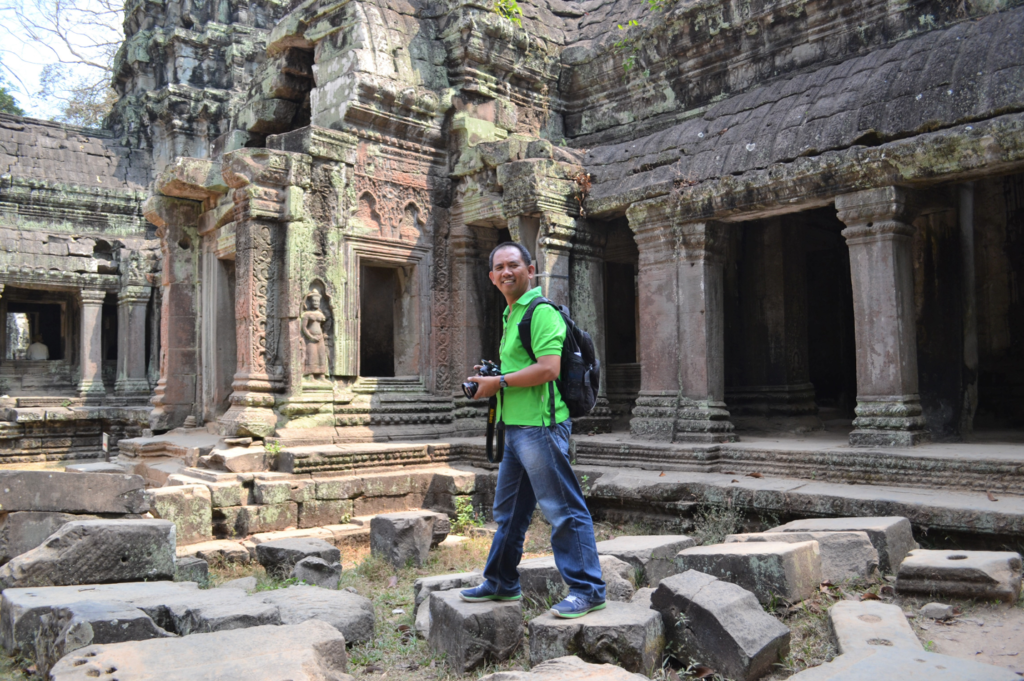
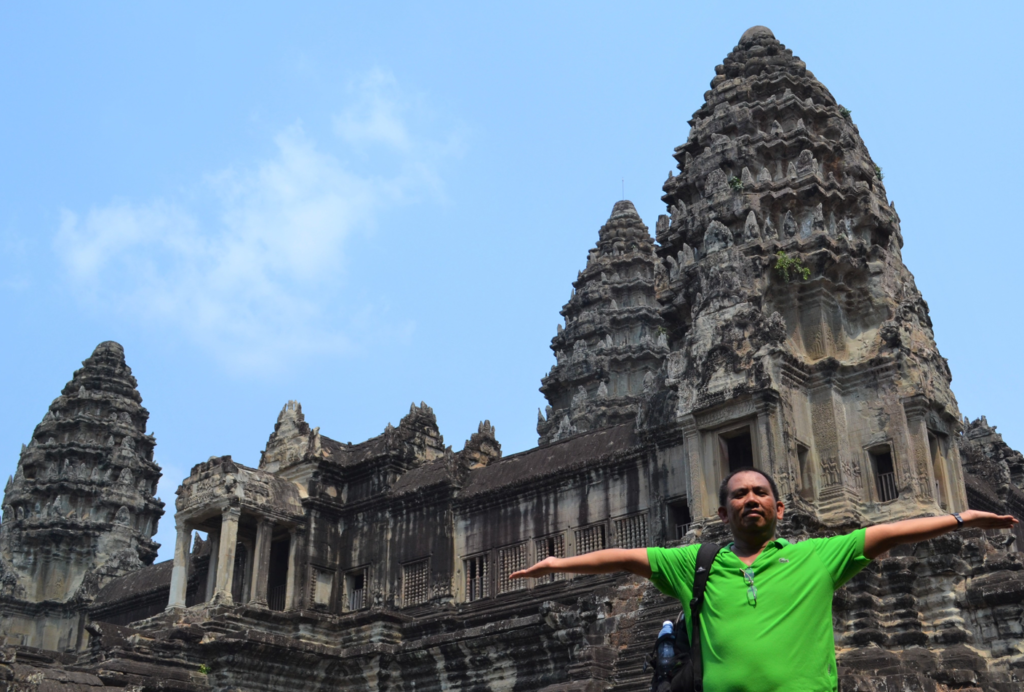
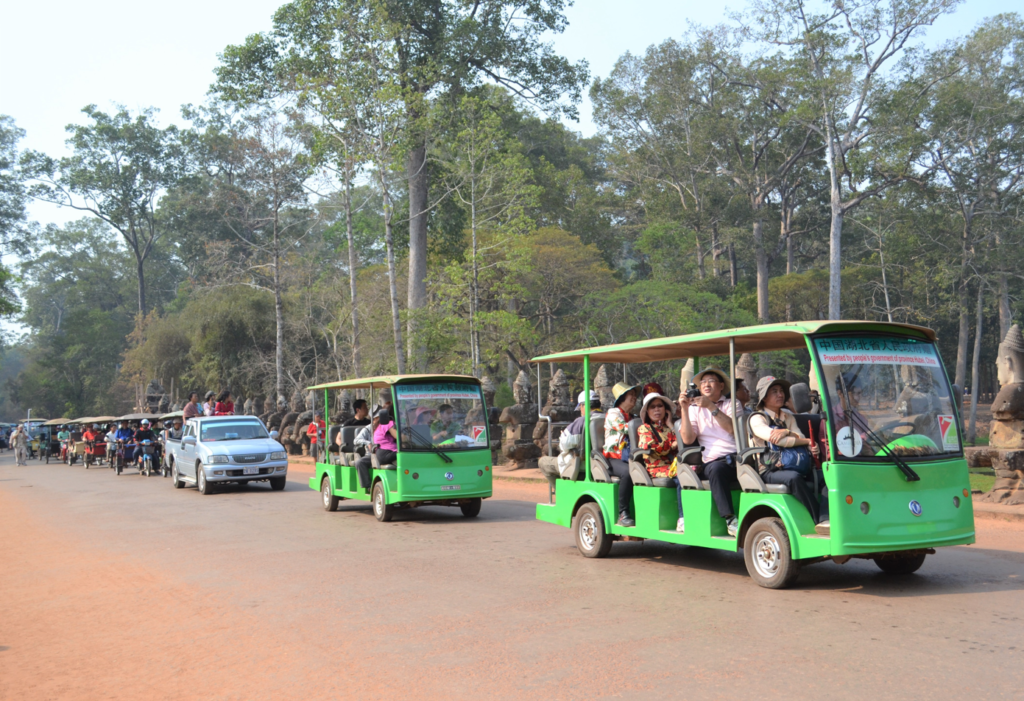










One Response
is it illegal to buy viagra viagra without prescription
viagra with prescription online viagra tablets
buy discount viagra online https://www.zonamobile.net/forums/profile/meridithhe/